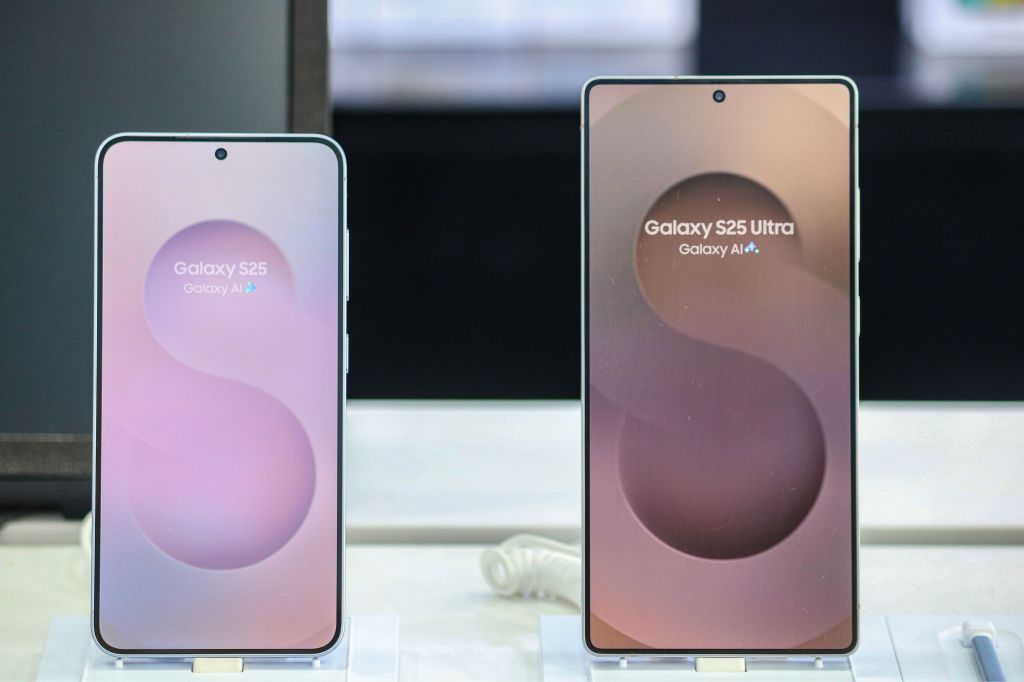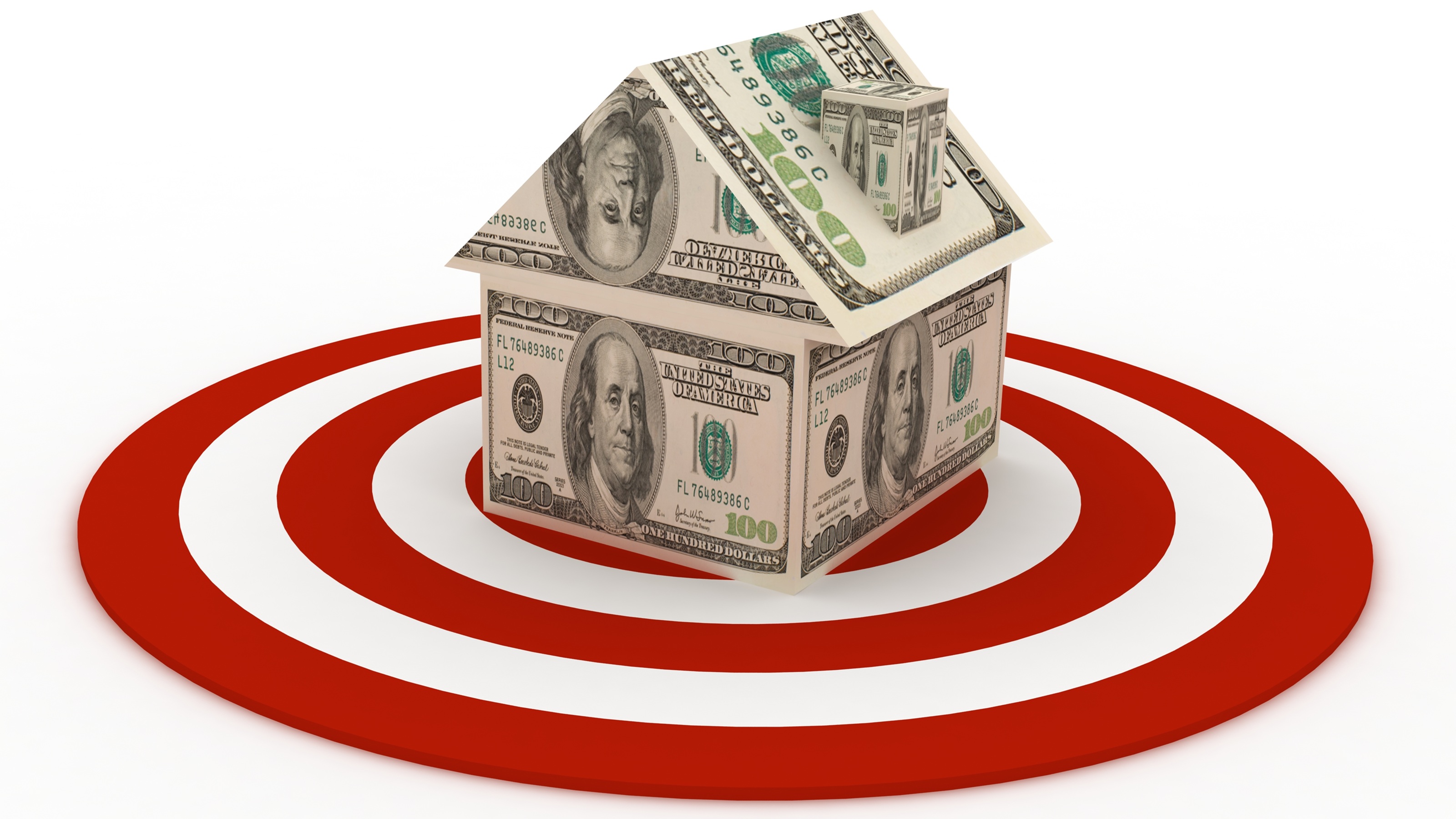3 Most Important Factors To Making Your Money Last in Retirement
It may seem complicated, but there are formulas to help you match your annual spending with growth in your portfolio.

Probably the biggest single concern of retirees is running out of money. It doesn't seem to matter how much money they have; the thought of not generating any outside income and living for many years off of an existing pool of assets and Social Security strikes fear in the hearts of many mortals.
That's where a financial adviser can help. It's one of our primary jobs. We spend many hours studying and learning about how best to accomplish this goal. I personally find the topic very interesting since many tools and techniques have been developed over the years to better understand this issue.
Some of these tools are nothing but sales pitches in disguise. Others are so complicated that many planners don't even understand them fully (i.e. "Monte Carlo simulations").
From just $107.88 $24.99 for Kiplinger Personal Finance
Become a smarter, better informed investor. Subscribe from just $107.88 $24.99, plus get up to 4 Special Issues

Sign up for Kiplinger’s Free Newsletters
Profit and prosper with the best of expert advice on investing, taxes, retirement, personal finance and more - straight to your e-mail.
Profit and prosper with the best of expert advice - straight to your e-mail.
Effective retirement planning is not a "set-it-and-forget-it" discipline either. A financial plan for someone who is in the distribution phase of their lives is one that calls for continuous monitoring and adjustment, as well as attention to the markets, economy and political environment.
Still, all good plans rely on a few key variables:
1. Getting the spending part right.
In a nutshell, how much will you be shelling out each year, both for normal and recurring items and for extraordinary or one-time expenses? Perhaps your plan calls for an annual expense of $15,000 for travel, as you like to visit your children a few times every year and also take one or two personal trips. Then, maybe every three to five years, you plan on a larger expenditure of $25,000 to spend three weeks in Europe.
Annual car expenses, including funds for an unexpected emergency, also must be factored in. You may have a normal expenditure of $5,000 in fuel and maintenance costs and a periodic expense of $30,000 every 10 years to replace a car, for example.
When calculating the lifespan of your portfolio, we look at the net or after-tax withdrawals from your accounts after other sources of income, such as Social Security and pensions, are used.
2. Understanding the total value of your liquid assets.
Liquid just means you can quickly cash in an asset, such as cash, certificates of deposit, money market accounts, stocks, bonds, mutual funds, etc.
3. Correctly estimating the expected growth rate of your investments.
This is after taxes, inflation and investment management expenses. Two of these three variables are within your control—taxes and investment management costs. Tax management can take on a large role in retirement, as asset sales can be timed and gains and losses can be netted against one another, distributions can be timed from taxable versus non-taxable accounts, etc.
Investment management fees should be evaluated and minimized where possible. This includes fees at the mutual fund level and at the adviser level.
As an example, consider a balanced portfolio of 60% stocks and 40% fixed income and cash. The blended return on this portfolio will probably be in the 7% range. Inflation today stands at around 1.1% (but with health care costs being a large factor for retirees, we're going to use 3%). A typical investor will pay somewhere in the range of 1.5% for investment management, so our net growth rate is around 2.5%.
Taxes may bring that down closer to 2%. I am giving you this detail to impress upon you the impact of the various factors on your portfolio, and to emphasize that it truly can be the small things that make a difference.
Ok, so now what? We know the portfolio value, the spending plan and the expected growth rate. How do we find out how long the portfolio will last?
Moshe Milevsky, Associate Professor of Finance at York University in Toronto developed the following simple formula (simple if you have a financial calculator or use a spreadsheet program):

What this says is that the EL, or expected longevity of your portfolio is equal to 1 divided by the expected growth rate times the natural logarithm of the formula in parenthesis. "w" is your withdrawal amount in dollars, "M" your initial portfolio value and "g" is your expected growth rate.
It looks complicated, but it isn't. I built a simple spreadsheet in Excel using this formula, and I'd be happy to send it to you if you would like a copy.
To get an idea of what the output looks like for a $1,000,000 portfolio, Mr. Milevsky provides the following excerpt:

You can quickly see the relationship between net growth rate and withdrawal rate. To go back to my earlier example, let's say you have a $1,000,000 portfolio and expect a 7% growth rate, which after inflation, fees, taxes, etc. is a net 2.5% rate of return. You could take as much as $60,000 a year out if you are a 65-year-old male and be reasonably certain that it will last for your lifetime (estimated mortality for a 65-year-old male is about 18 years, and 20 years for a female of the same age). There are more factors that should be considered, of course, such as the age of your beneficiaries (spouse, children, etc.), life insurance owned, etc., and that's why a complete financial plan is invaluable to make sure no stone is unturned when making such important decisions.
The bottom line is that this simple tool can at least get you started thinking, and maybe give you a little guidance in conversations with your financial adviser. And remember, sometimes small adjustments can have a big impact. Kind of like tools in the world of financial planning—sometimes the simpler tools and concepts are the most effective.
Doug Kinsey is a partner in Artifex Financial Group, a fee-only financial planning and investment management firm based in Dayton, Ohio.
Profit and prosper with the best of Kiplinger's advice on investing, taxes, retirement, personal finance and much more. Delivered daily. Enter your email in the box and click Sign Me Up.

Doug Kinsey is a partner in Artifex Financial Group, a fee-only financial planning and investment management firm in Dayton, Ohio. Doug has over 25 years experience in financial services, and has been a CFP® certificant since 1999. Additionally, he holds the Accredited Investment Fiduciary (AIF®) certification as well as Certified Investment Management Analyst. He received his undergraduate degree from The Ohio State University and his Master's in Management from Harvard University.
-
 How Financial Advisers Can Best Help Widowed and Divorced Women
How Financial Advisers Can Best Help Widowed and Divorced WomenApproaching conversations with empathy and compassion is key to helping them find clarity and confidence and take control of their financial futures.
-
 Your Guide to Buying Art Online
Your Guide to Buying Art OnlineFrom virtual galleries to social media platforms, the internet offers plenty of places to shop for paintings, sculptures and other artwork without breaking the bank.
-
 Samsung Galaxy S25 Ultra for $4.99 a Month: A Closer Look at Verizon’s Deal
Samsung Galaxy S25 Ultra for $4.99 a Month: A Closer Look at Verizon’s DealVerizon’s aggressive pricing makes Samsung’s top-tier phone tempting, but the real cost depends on your plan and how long you stay.
-
 How Financial Advisers Can Best Help Widowed and Divorced Women
How Financial Advisers Can Best Help Widowed and Divorced WomenApproaching conversations with empathy and compassion is key to helping them find clarity and confidence and take control of their financial futures.
-
 A Wealth Adviser Explains: 4 Times I'd Give the Green Light for a Roth Conversion (and 4 Times I'd Say It's a No-Go)
A Wealth Adviser Explains: 4 Times I'd Give the Green Light for a Roth Conversion (and 4 Times I'd Say It's a No-Go)Roth conversions should never be done on a whim — they're a product of careful timing and long-term tax considerations. So how can you tell whether to go ahead?
-
 A 4-Step Anxiety-Reducing Retirement Road Map, From a Financial Adviser
A 4-Step Anxiety-Reducing Retirement Road Map, From a Financial AdviserThis helpful process covers everything from assessing your current finances and risks to implementing and managing your personalized retirement income plan.
-
 The $183,000 RMD Shock: Why Roth Conversions in Your 70s Can Be Risky
The $183,000 RMD Shock: Why Roth Conversions in Your 70s Can Be RiskyConverting retirement funds to a Roth is a smart strategy for many, but the older you are, the less time you have to recover the tax bite from the conversion.
-
 A Financial Pro Breaks Retirement Planning Into 5 Manageable Pieces
A Financial Pro Breaks Retirement Planning Into 5 Manageable PiecesThis retirement plan focuses on five key areas — income generation, tax management, asset withdrawals, planning for big expenses and health care, and legacy.
-
 4 Financial To-Dos to Finish 2025 Strong and Start 2026 on Solid Ground
4 Financial To-Dos to Finish 2025 Strong and Start 2026 on Solid GroundDon't overlook these important year-end check-ins. Missed opportunities and avoidable mistakes could end up costing you if you're not paying attention.
-
 Are You Putting Yourself Last? The Cost Could Be Your Retirement Security
Are You Putting Yourself Last? The Cost Could Be Your Retirement SecurityIf you're part of the sandwich generation, it's critical that you don't let the needs of your aging parents come at the expense of your future.
-
 I'm an Insurance Pro: It's Time to Prepare for Natural Disasters Like They Could Happen to You
I'm an Insurance Pro: It's Time to Prepare for Natural Disasters Like They Could Happen to YouYou can no longer have the mindset that "that won't happen here." Because it absolutely could. As we head into 2026, consider making a disaster plan.